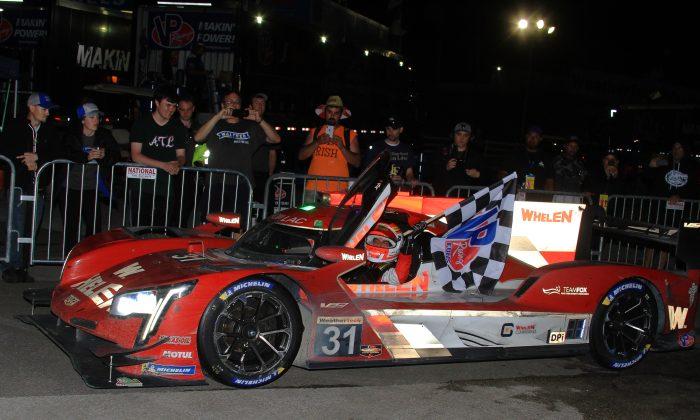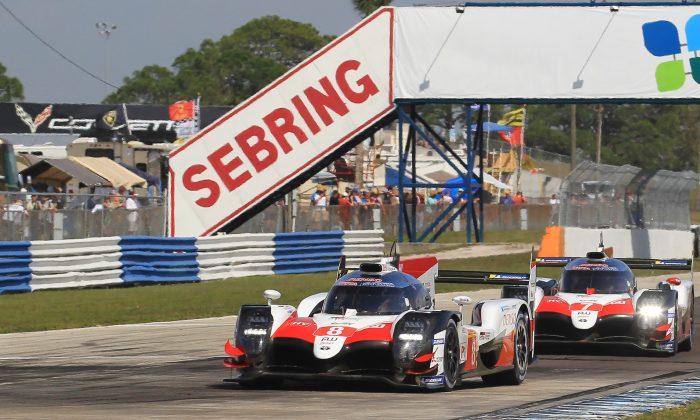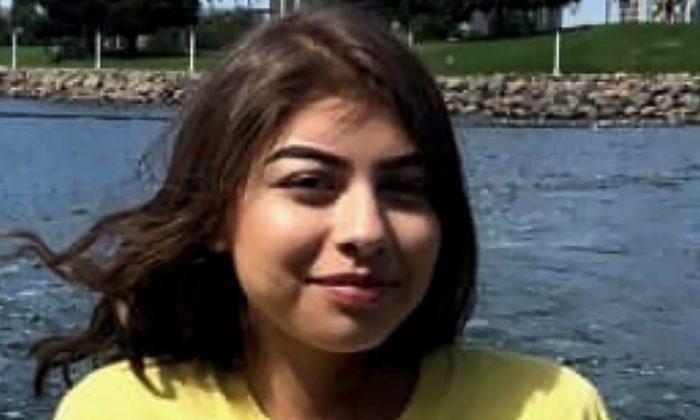Hurricane Michael hit the Florida Panhandle with close-to Category 5 155-mph winds and an enormous storm surge.
Houses were leveled, streets were flooded; electricity and cell service was cut off.
The death toll stands at 18—but that could climb as rescue and cleanup crews keep searching for more than 1,000 who are still reported missing.
Pulling Together in the Face of Disaster

People who chose to evacuate were stuck in shelters. People who tried to stay in their homes were often stranded by debris and floodwater, with no way to preserve food and not enough water to drink.
As soon as the storm moved on, the rescue teams moved in, looking for people who needed assistance
Mexico Beach, about halfway between Port St. Joe and Panama City, was hit hardest of all the Panhandle cities, but every neighborhood along the Gulf Coast was ravaged to one degree or another.
As people started returning home, they also started to see how much damage the storm had done.
CBS reported that 98 percent of Bay County, which includes Panama City, Panama City Beach, was without power.
The family of Florida’s Chief Financial Officer, Jimmy Patronis, has lived in Panama City Beach for many years—the family restaurant is there.
Patronis, seeing the need of his neighbors, organized a donation drive to deliver a truckload of water and ice to his home town.
Looking for Survivors

Search and rescue crews are still scouring the shattered cities, looking for survivors.
“We have about 160 people that are out here conducting still some secondary searches and more thorough searches using canines,” he said.
After having organized the supplies donation, Jimmy Patronis switched to leading search-and-rescue teams.
Patronis said crews had searched through 1,800 buildings, most of which were empty. Patronis said he was glad that there had been so little loss of life, but that the situation of the survivors was still dire.
“Those hospitals, the ones that my kids were born in and the ones that I was born in are closed,” he said.




